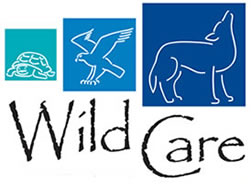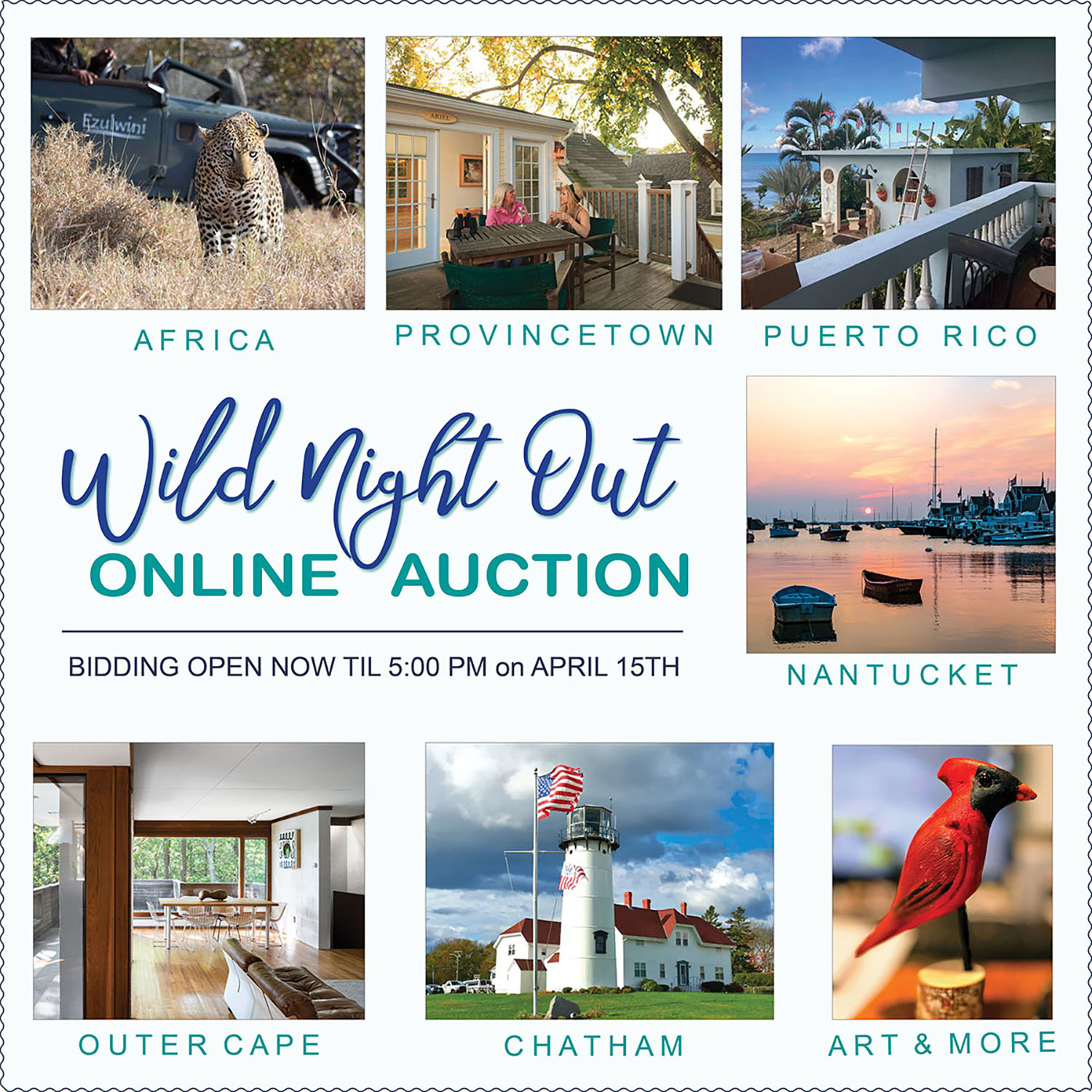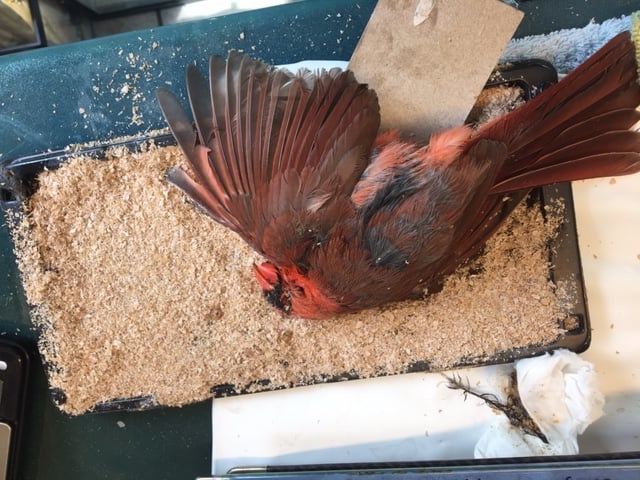
Letter of Testimony: A Bill to prohibit glue traps in NH
RE: New Hampshire State House Bill 1351
In favor of – An Act Prohibiting the sale and use of adhesive based rodent traps.
January, 2, 2024
My name is Stephanie Ellis. I am the Executive Director of Wild Care, Inc. a wildlife rehabilitation hospital located in Eastham, MA. Wild Care receives over 1,700 animals per year that are orphaned, injured or diseased. Every year, Wild Care admits animals into care that are victims of glue traps. Glue traps are a common household method of controlling rodents, that can be purchased at local hardware, and grocery stores. The majority of the animals brought to Wild Care in glue traps however, are not mice & rats. They are songbirds, other small mammals, snakes, toads, frogs, beneficial insects, & even owls. Most are lured to the sticky traps by the movement of prey that have become hopelessly glued.
Glue traps are an inhumane method of rodent control.
The traps are intentionally designed for the animal to become entangled and suffer to death, so that they can be easily disposed of into the trash. The “box type” glue traps, are marketed as “quick, & mess free”. The homeowner doesn’t have to view the victim or its suffering.
The definition of a humane death is as follows:
“Death of an animal without pain, suffering or distress. Instant unconsciousness followed by rapid death without regaining consciousness. (RSPCA)
Glue traps do not discriminate. They trap the unintended that are then left to suffer and die in the most inhumane manner.
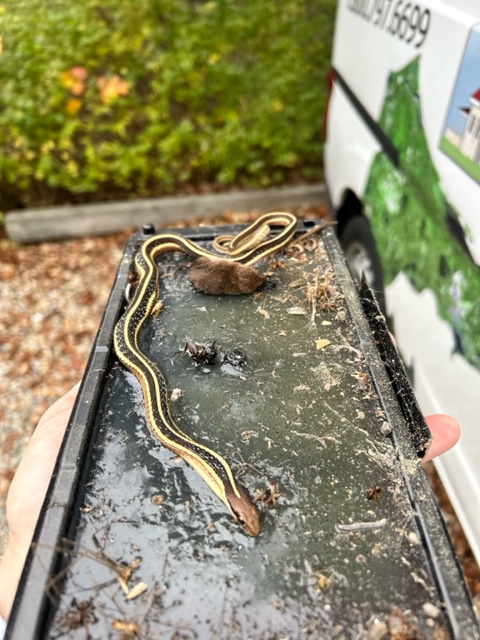
glue trap in November 2023. The snake was likely attracted to the moving insects and small mammal that were also glued onto the plate. We were able to extricate and wash this snake, and it was eventually released. The small mammal was deceased in the trap when found.
Most species of songbird in the United States are migratory birds protected under the federal Migratory Bird Treaty Act. Furthermore, one in four bird species are in decline due to human impact. Nearly every mammal, reptile & amphibian species in the United States is in decline. Glue traps also entrap endangered species. Wildlife do not need further setbacks.
Whether it’s a rodent or a migratory songbird, every animal caught in a glue trap goes through the following stages:
- Panic. As animals attempt to free themselves, they panic – tearing fur, skin, scales, beaks and feathers. Birds may suffer bone fractures in their struggle to break free. Mice will chew off their own limbs in an attempt to extract themselves from a sticky glue trap.
- Exhaustion, dehydration and depression
- Hypothermia and shock (or heat exhaustion)
- Death
- During stages 1-4, other predatory animals may be attracted to the movement of the struggling animal, only to become hopelessly entangled themselves. The death cycle continues. It is not uncommon to find multiple species deceased in one glue trap.
No creature deserves to die in a glue trap.
Glue traps are 100% infective at controlling rodent populations long-term.
Setting glue traps kills individual rodents but is not a long-term rodent control solution. Recent research has proven that the most effective rodent control includes elimination of attractants, exclusion of rodent entrance locations, and implementation of humane deterrents, birth control, or humane lethal traps.
Extracting an animal from a glue trap is a stressful process. Many animals do not survive.
Wild Care receives glue trap casualties every year. Our skilled wildlife rehabilitation staff work quickly and delicately to remove the animal from the glue. Care must be provided to ensure the animal does not become more glued during the process, and that it does not further stress or die during the extraction. Once extracted, the animal must go through a washing process to remove glue from fur and feathers, and to prevent further ingestion of the glue product. As you can imagine, this entire process is incredibly challenging on a small creature, on top of the trauma of being entangled and transported to our facility for care. Many do not survive.
I urge you to ban the sale and use of all adhesive rodent trap products in the state of New Hampshire. There are numerous humane solutions to rodent control that simultaneously pose less risk of unintentional bycatch. I commend New Hampshire for considering this Bill. With our wildlife populations in decline due to human impact, this Bill is timely and of utmost importance.
Thank you for your consideration,
Stephanie Ellis
Executive Director,
Wild Care, Inc.
This Northern Cardinal was found in a glue trap by a cleaning business that was closing up a home for the fall season on Cape Cod. The trap was left by home owners. This cardinal was extracted and washed by our staff at Wild Care and was eventually released. It was one of the lucky ones. (Before & after photos. Wild Care, Inc.)

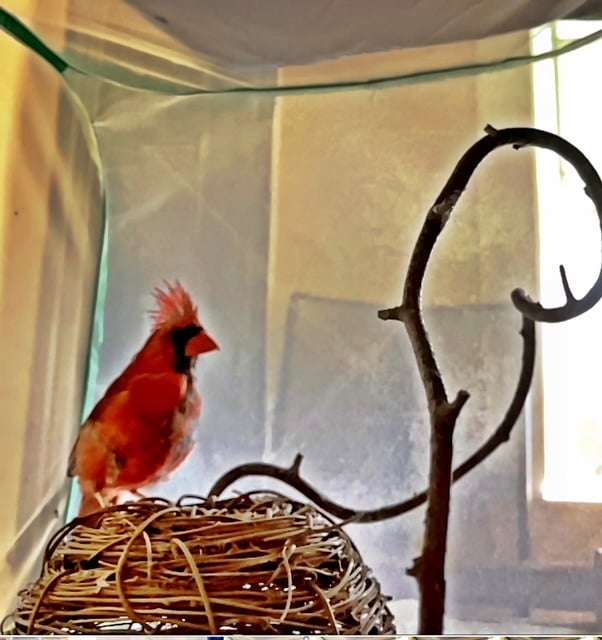
This Eastern Chipmunk was found struggling in a glue trap. During the delicate extraction process, corn meal or similar products are placed on the trap to prevent the animal from adhering to it further. This chipmunk was successfully extricated and washed by our staff, and eventually released. (Wild Care, Inc.)
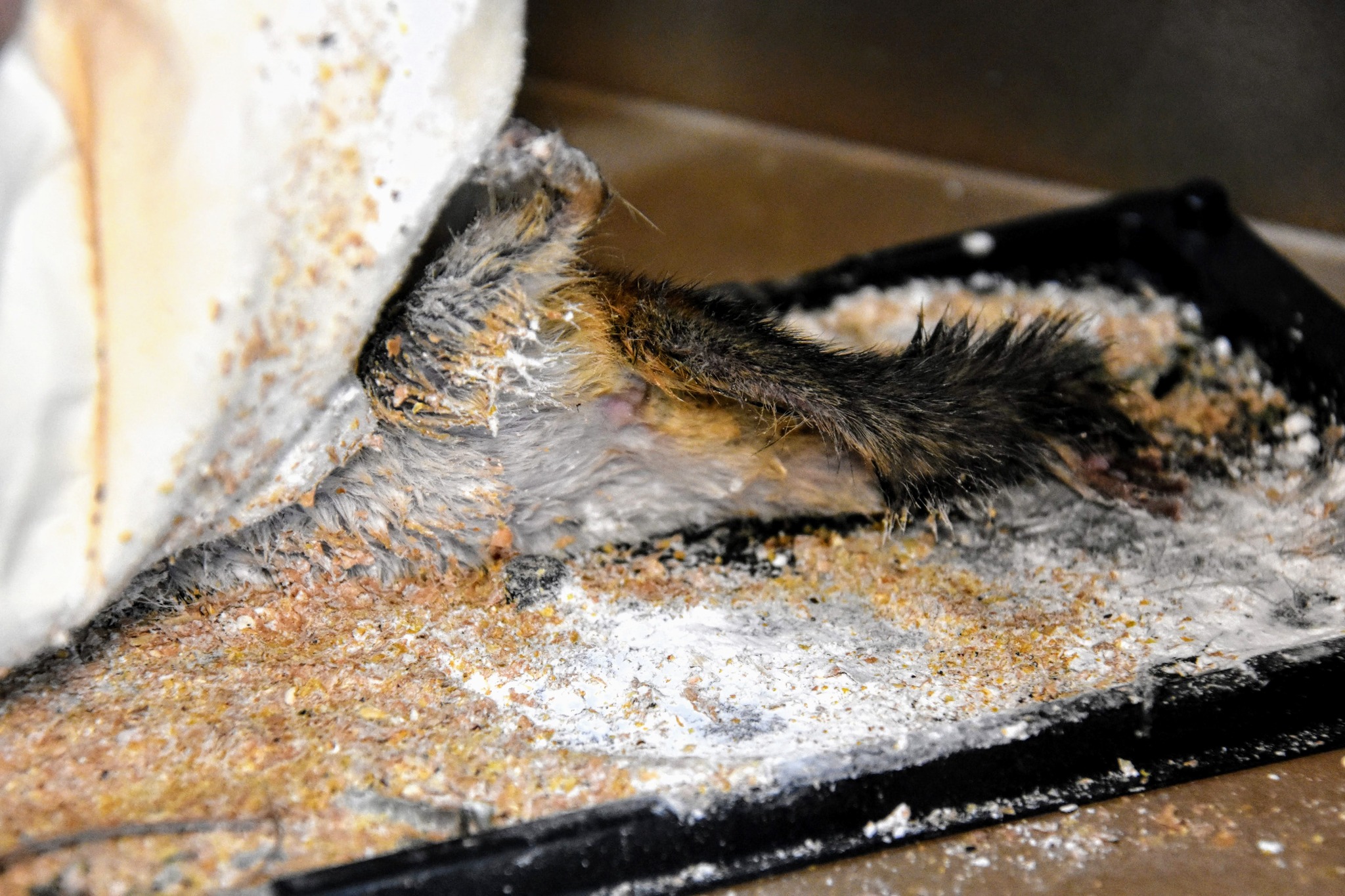
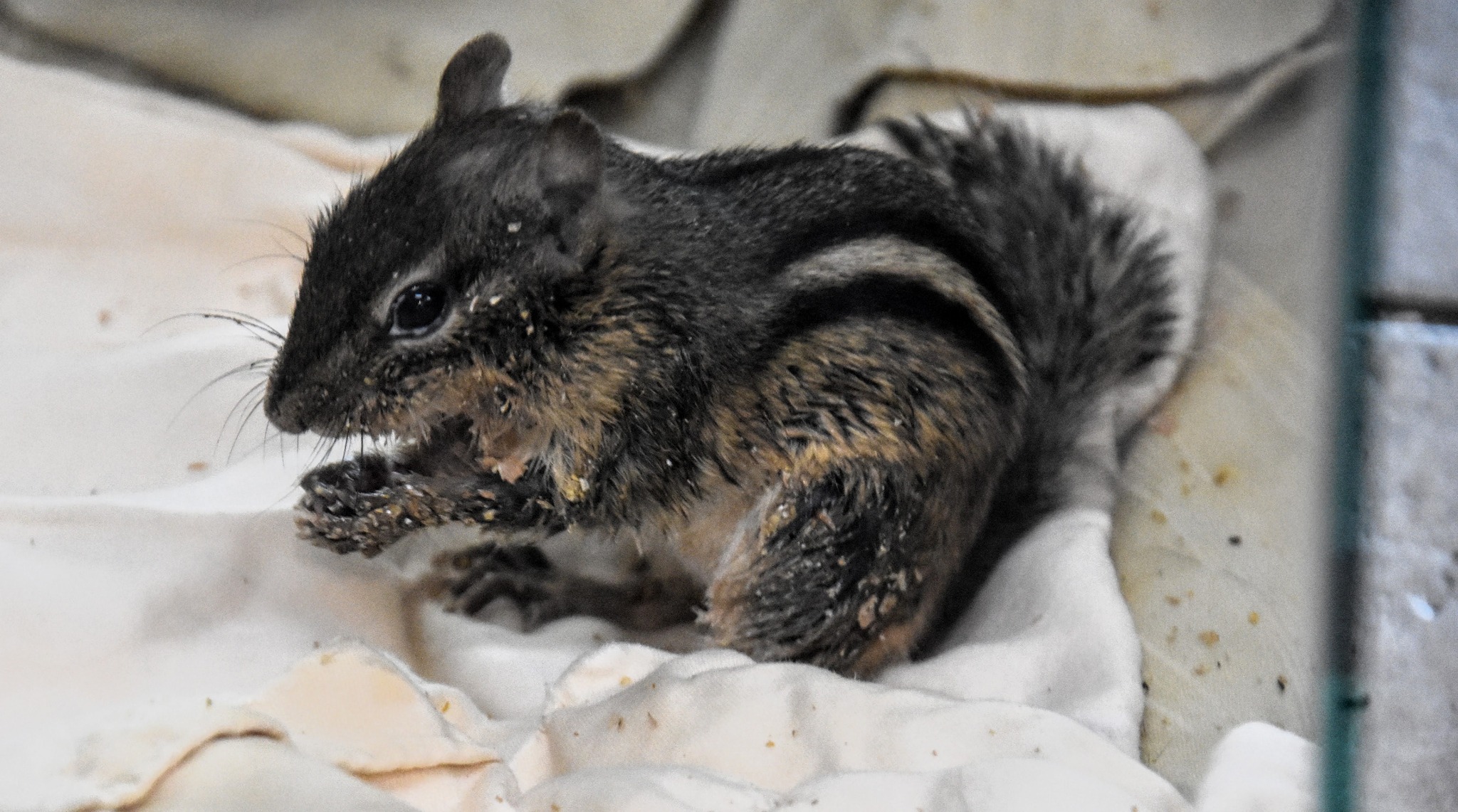
Wild Night Out Online Auction
READY, SET, BID… We are so excited to announce that our Wild Night Out Online Auction is now live!
READ ALL NEWS
CALENDAR OF EVENTS
04 April, 2024
Wild Night Out Online Auction
EVENT DETAILS
05 April, 2024
Wild Night Out
EVENT DETAILS
28 February, 2024
Wildlife Winter/Spring Talk Series
EVENT DETAILS

DID YOU KNOW??
Wild Care has a state-of-the-art seabird therapy pool, which allows seabirds and waterfowl to exercise on running water. This will help our bird friends recover more quickly so they can get back to their watery habitats!
